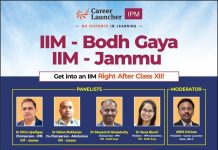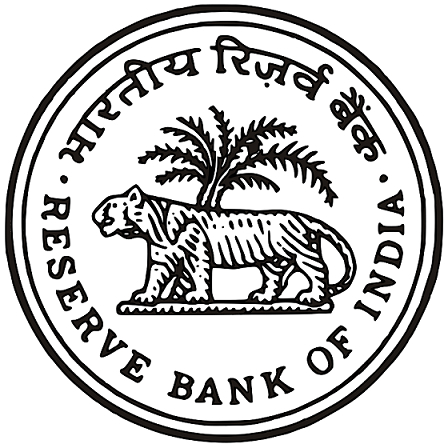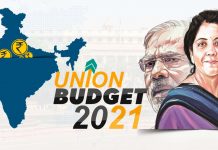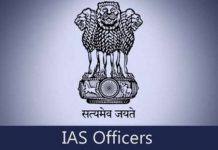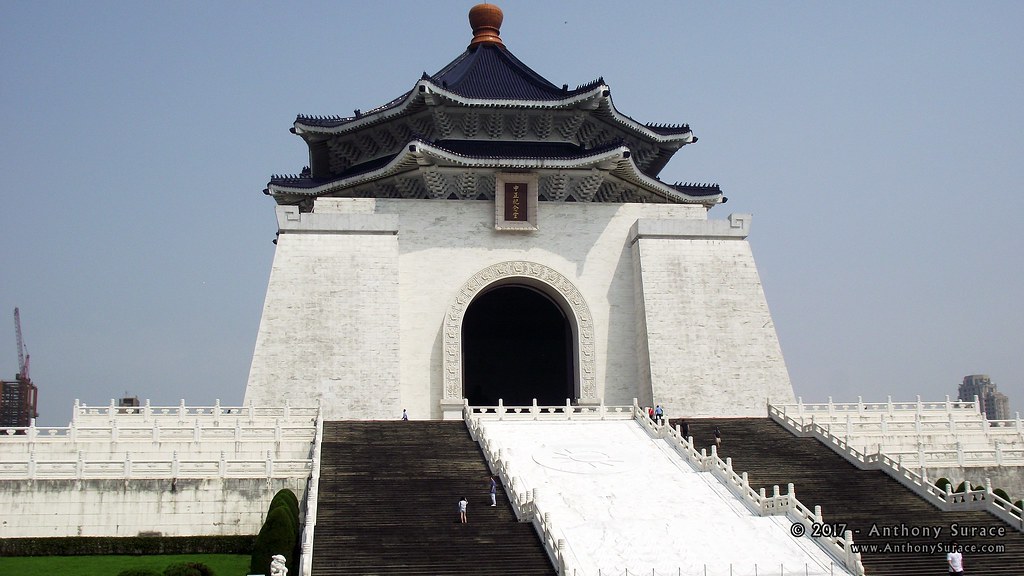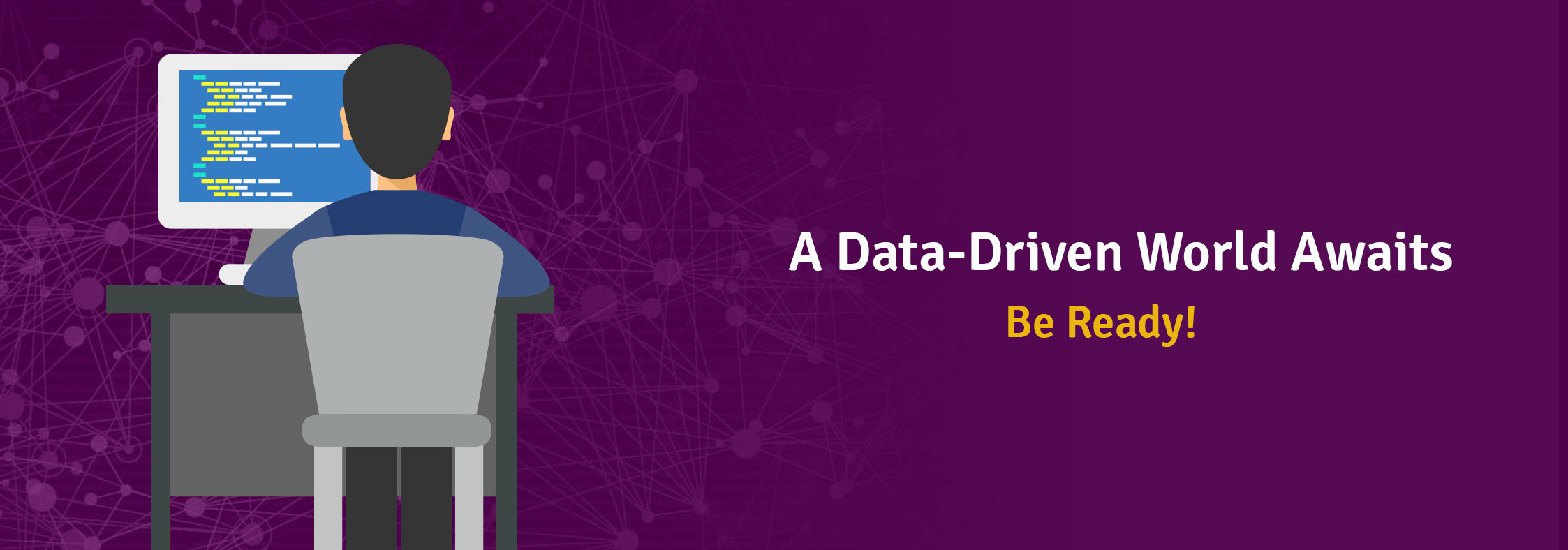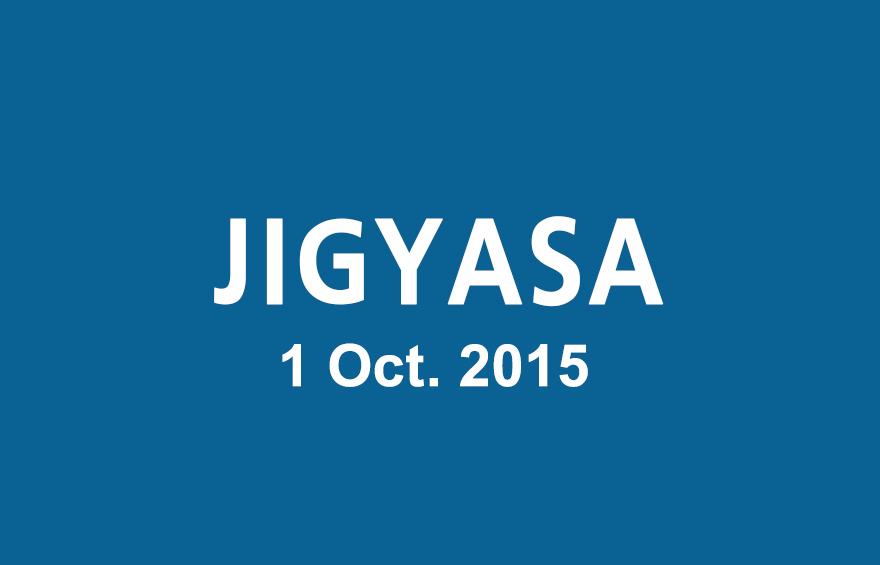What is PPP?
A public private partnership is a government service or private business venture which is funded and operated through a partnership of government and one or more private sector companies. These schemes are sometimes referred to as PPP.
PPP involves a contract between a public sector authority and a private party, in which the private party provides a public service or project and assumes substantial financial, technical and operational risk in the project.

PPPs broadly refer to long term, contractual partnerships between the public and private sector agencies, specially targeted towards financing, designing, implementing, and operating infrastructure facilities and services that were traditionally provided by the Government and/or its agencies. These collaborative ventures are built around the expertise and capacity of the project partners and are based on a contractual agreement, which ensures appropriate and mutually agreed allocation of resources, risks, and returns. This approach of developing and operating public utilities and infrastructure by the private sector under terms and conditions agreeable to both the government and the private sector is called PPP.
What are the types of PPP?
According to the PPI database of the World Bank, about 249 infrastructure projects in India have attracted private sector participation and reached financial closure between 1990 and 2006, which constituted a share of 6.1 per cent of the total project among 150 low and middle income countries in the world.
The types of PPP are structured in the form that allows different levels of private participation. Service contracts, management contracts, lease contracts, concessions and joint ventures. A few models have been mentioned in the table below.
 What are the successful PPP projects?
What are the successful PPP projects?
1) Karnataka: The major PPP project under implementation in the State is the ‘Bangalore International Airport’. This is the first airport in the country being executed through the PPP route.
2) Andhra Pradesh: The major PPP project in the State is the ‘Hyderabad International Airport’, being executed under the build own operate (BOO) format. The other such projects are the Kakinada Deep Water Port, being developed on the operate- maintain- share-and-transfer (OMST) format; the Gangavaram Port, in the build own operate and transfer (BOOT) mode; FAB City; Hyderabad Outer Ring Road; Kakinada SEZ.
3) Gujarat: The concept of PPP was introduced in the State in the early 1990s, when the Gujarat Maritime Board commenced construction of the Pipavav port. Since then (as per the available information), twenty-one projects amounting to Rs 13,672.50 crore have been implemented through private sector participation.
What are the issues with PPP?
1) Transparency: There is a widespread consensus among economists that transparency is crucial in the case of PPP projects. At present, the process of executing the projects in India involves various stages and each stage is to pass through complicated policies and programmes. Though, the process of bidding and awarding the contract is stated to be much transparent, still there is scope for improvements. The PPPs can sometimes run into controversy if the private partner is seen to have received unduly favorable treatment. This can be overcome by ensuring that the terms of concession agreements are transparent and protective of public interest. Though this approach has been adopted by the Centre through model concession agreement, the State governments should also adopt transparent approach similarly to ensure that the PPP will be a success story.
2) Risk Allocation: As the projects in the infrastructure sector requires huge investments and involve much time frame for their execution, various risks, viz., construction risk, financial risk, market risk, performance risk, demand risk and residual value risk are to be allocated appropriately among the constituents. The risks should not be passed on to others as and when arise, which would affect the cost and progress of the project and create unnecessary litigations. Too many risks assumed by Government will likely put unjustified pressures on taxpayers. On the other hand, too few will prevent potential private investors from participating in the venture.
3) Project Appraisal: Execution of infrastructure projects should have a clear choice about its implementation whether by the Government or private or both under PPP. Also, the technicality of the project should be clear regarding its soundness, viability and return. When we look at the PPP programme, while there are a number of successful projects, there have also been a number of poorly conceptualised PPPs brought to the market that stood little chance of reaching financial closure. Clear appraisal of the project before its execution would avoid many litigations. At the same time, it is important to avoid a possible bias in favour of the private sector.
4) Cost and Time Overruns: Many of the projects under the PPP are delayed due to litigation, which lead to cost and time overruns in their implementation. For instance, as per the Ministry of Statistics and Programme Implementation, out of 491 central sector projects of more than Rs.100 crore at the end of March 2008, about 231 projects have witnessed delays in their execution due to varied reasons. The cost overrun of these projects has, though, come down from 51.8 per cent of the original cost in March 2004 to 13.9 per cent in March 2008, still it constitutes a significant share, which is to be reduced through implementation of the projects on schedule.
5) Centre-State Disagreement: Execution of some of the projects like airport development, road,etc., are delayed due to disagreement between the Centre and the State Governments in various aspects, particularly locational choice, cost sharing structure, political disagreement, etc., which are to be avoided with appropriate policies, political will, cooperation, coordination, dedication and determination.
6) Regulatory Independence: In the infrastructure sector, regulatory bodies like Telecom Regulatory Authority of India, Central Electricity Regulatory Commission, State Electricity Regulatory Commissions, Tariff Authority of Major Ports, National Highway Authority of India and Airport Authority of India have established as autonomous agencies to regulate the activities coming under their jurisdiction. Though regulatory independence is vital for speedy implementation of policies, there are instances of disagreements between the regulatory authorities. To reduce the risk of arbitrary and ad-hoc policy interventions due to disagreement between the authorities, principles on key issues need to be specified upfront in sufficient detail.
7) Corporate Governance: Good corporate governance will succeed in attracting a better deal of public interest because of its apparent importance for the economic health of corporates and society in general. The corporate governance framework should ensure that timely and accurate disclosure is made on all material matters. The corporate governance practices of the parties involving in the PPP have to match with the benchmarking corporate governance practices with the best in the rest of the world.
How to Revamp PPP?
1) Project Preparation – Comprehensive due diligence Studies & Robust Traffic / Market Projections:
Examples of successful PPPs
In the Timarpur Integrated solid waste management project, important steps such as detailed technical studies, financial and risk evaluation, obtaining regulatory and statutory approvals were undertaken at the project preparation stage itself. The project implementing SPV was also incorporated prior to the launch of the bid. This ensured that the actual project development phase experienced as few hurdles as possible.
Examples of PPPs where problems were encountered
In The Vadodara Halol Toll Road project, estimating the traffic projections for the project, the industrial incentives available for the project area were assumed to continue over the long-term. However, these incentives were eventually withdrawn resulting in a traffic that was lower than the projected traffic. This resulted in increase in Policy Risk and Revenue Risk.
Learning: Due diligence studies of technical and legal implications are must to ensure the smooth progress of a project through the project life-cycle.Also robust traffic assessments ensure bids submitted by interested private entities are well informed and realistic and the overall capacity proposed for a project is optimum. They also help to mitigate corresponding revenue risks.
2) Procurement
a) Dealing with Speculative Bids
Examples of PPPs where problems were encountered
In the Hyderabad Metro project, the government provided commercial development rights for almost 296 acres of land allocated for the depots and the stations. This opportunity of the utilization of land on a commercial basis along with the metro project led to widely divergent bids from the bidders. Finally the award of this project was withdrawn. But such speculative bids exposed the project to the risk of compromising the construction and quality of the metro project. As the private operator would have had a greater incentive to complete the real estate development at the cost of the metro.
Learning: While speculative bids should ideally be avoided, if encountered, the public entity should deal with them without jeopardizing the long term prospects of the project. This could even mean terminating and re-launching the bid process.
b) Importance of Lead Consortium Member/Promoter of Concessionaire
Examples of PPPs where problems were encountered
In the Hyderabad Metro project the winning consortium of Maytas Metro was badly affected due to the issues faced by its promoter – Satyam Computer Services. Although the project was to be implemented by a separate SPV, there was a loss of investor confidence within the promoters of the project. And eventually, the project failed to achieve financial closure. The government finally had to withdraw its award and re-launch the bid process.
Learning: The experience and expertise of the lead consortium member or promoter signifies the concessionaire’s ability to undertake complex projects. Therefore, there should adequate due diligence in contractually ensuring backing of the concessionaire by the promoter and the continued involvement of the lead member, at least during the project development stage.
3) Development
a) Handling of Land Acquisition
Examples of Successful PPPs
In the Hyderabad Metro project the government had to handover land to the concessionaire by the financial closure date. Moreover, 90% of the land had to be handed-over within 120 days from signing of the agreement. To ensure greater planning and focused efforts on land acquisition by the government; penalties were built in to the contract in case the government delayed the delivery of the land. To reduce the risk further, the project intended to use government lands to the possible extent.
Examples of PPPs where problems were encountered
In the Delhi Gurgaon expressway project prior to actually acquiring the land, the government committed to the promoters for providing a substantial area of land. But there were certain areas of land that were difficult to acquire, due to the thickly populated surrounding areas of the expressway. This exposed the government to the risk of not providing the land within reasonable time, thus impacting the overall schedule of the project.
Learning: It would have been better if uncontrollable risks such as the one incurred above, were addressed before the project procurement stage itself to ensure smooth functioning of the project. This could have been achieved by completing the land acquisition process prior to the project procurement process itself.
b) Streamlining of Approvals & Clearances
Examples of Successful PPPs
In the Alandur Sewerage Project the Alandur Municipality took up the responsibility for key approvals, including road cutting, shifting of services and environmental clearances. The developer was responsible only of the ‘works’ related approvals. This approach ensured there was minimum delay in obtaining the necessary permits.
Learning: There should be a single interface for interactions or coordination on all such approvals to be setup by the government to prevent ensuing delays. This could be in the form of a lead entity OR a common project steering/ empowered committee taking up the responsibility of all such formalities. With this, the concessionaire could focus on the core development issues rather than being entangled in administrative processes.
c) Environmentally and Socially responsive development framework
Examples of Successful PPPs to be emulated
In The Vadodara Halol Toll Road project, from the environmental and social assessment of the project it was concluded that the project would lead to resettlement and rehabilitation of about 300 families. Thus, to develop different alternatives, intense public consultations were carried out. Moreover Bypasses were introduced at various critical locations. As a result the extent of resettlement was reduced to only 10 project affected households.
Learning: Since most of Infrastructure projects have significant social and environmental impacts; it is necessary that PPPs have an environmentally and socially responsive development framework. Social and environment impact assessments are mandatory in this regard. This framework would also help in gathering public support for a PPP project.
d) Financing Innovations
Examples of PPPs to be emulated
The Vadodara Halol Toll Road was another project that utilized several financing methods such as deep discount bonds with an option of take-out financing, cumulative convertible preference shares and long term loans as a part of its financing structure.
Learning: It is important for PPP projects to be financially independent to the extent possible and minimize reliance on government grants or schemes. This is possible through innovative financing structures. They not only bring down the cost of funds but also tap new sources of funding. However, care should be taken to ensure that such innovations in financing do not result in speculative bids during the Procurement stage. Also Since real estate market is very volatile and cyclical in nature; real estate development should be a smaller component of the project or alternatively should be separated from the core infrastructure project.
4) Operations
a) Favorable Operating Environment
Examples of Successful PPP
In the Amritsar Inter-state Bus Terminal project, the government issued notifications to the effect that all intercity buses would be required to pickup and drop off passengers at the new Inter City Bus Terminal. This effectively reduced the concessionaire’s revenue risk.
Learning: Since by nature PPP projects require the private sector to operate in a public dominated space, it is important to create a favorable operating environment for the private sector to function optimally.
b) Resolution of Issues through Mutual Discussions
In PPP Projects there is always a likelihood of issues cropping up from time to time between the government and the public agency. Contracts merely specify the formal mechanism to deal with such issues. But in some cases solutions can only be identified through mutual discussions carried out in good faith.
PPP is a model that is here to stay with the increasing focus on privatisation. But instead of seeing the private sector as an agency for infrastructure project execution PPP should be seen as a tool to include the private sector in nation building. It should be extended into education, healthcare, waste management and other softer areas with the aim of making the best of public and private sector.
References
1) PPPinIndia.com – A Case study by World Bank
2) Rbi.org – Public Private Partnerships in Indian Infrastructure Development: Issues and Options
3) Journal of Management and Science – Public Private Partnerships in India
4) http://toolkit.pppinindia.com







